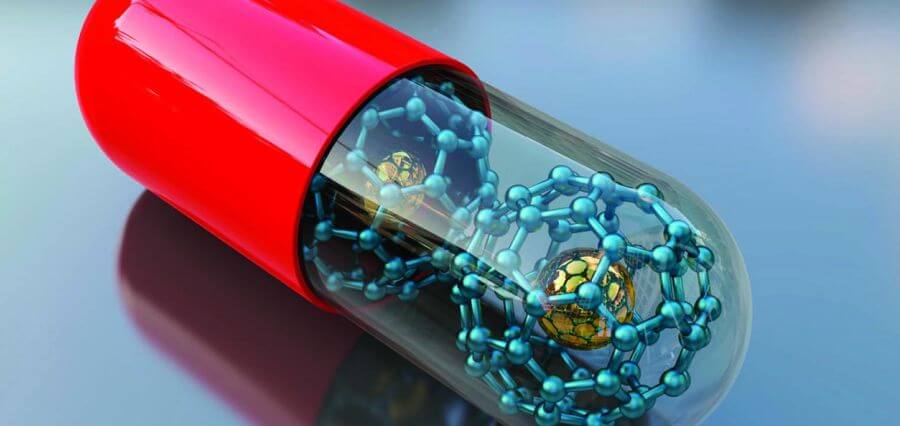Science and technology help for the better lifestyles. It has transformed human life more efficiently. We must agree with this as not even a single field is there where we don’t use technology. But still, research is ongoing for finding some new technologies by using previously available knowledge and techniques. If we think from the health point of view, is every person having better health? No, a lot of people are having various health problems. Some have serious diseases while some have dysfunction of the organs.
According to statistics, the world’s millions of populations are dying due to liver failure. The WHO calculates that 650 million people worldwide are suffering from the liver damage or liver diseases. On the global basis, one to two million deaths occur only because of liver related diseases. The liver is one of the principle body tissues, does nearly 500 body function and produces the variety of enzymes and proteins which are necessary for body growth. Defects in the liver create havoc in the entire human body.
Organ Transplantation
If we compare the number of liver damaged patients and the number of organ donors, then it is impossible to get a body part for each patient. And the treatment is also not cost-effective. Various committees are working to get organ donors. But still, many patients are dying in waiting list before an organ is available for them. The answer to this problem is to have a self-regulatory system where the cell can sustain itself by regulating all intracellular events.
Solution to the problem
Tissue engineering is the field where people studied a lot, which opens the gateways to overcome the liver failure. Stem cells playing an important role to solve this problem and pluripotent hematopoietic stem cells have the special characteristic of totipotency through which one can create the entire organ artificially. The only liver is the regenerative body tissue, due to the presence of pluripotent hematopoietic stem cells in it.
Takanori Takebe MD physician at Cincinnati Children’s Hospital Medical Center in the US said that “The ability to bioengineer transplantable liver and liver tissues would be a great benefit to people suffering from liver diseases who need new treatments to save their lives.”
The researchers revealed that the previously unknown network of genetic and molecular interference. The process of organ development requires this cross-linking. The process of organ development involves this cross-linking, and it gives an idea about the intercellular communication between the cells of developing liver buds. These cells include vascular cells, connective tissue cells, and hepatic cells.
Essential part of study
To construct the liver tissue, they used the 3-Dimensional microenvironment where vascular cells, connective tissue cells, and hepatic cells are busy in cell communication. By using single-celled RNA sequencing, they analyzed the changes in liver cells kept in the three-dimensional microenvironment. Use of this technique not only gives an outline of genetic variations in every cell type present in the microenvironment but also helps to compare the artificial liver bud against that of naturally grown human fetal liver cells. Artificially developed liver cells have close genetic and molecular makeup with that of the natural liver tissue.
Researchers also observed the little interference between the Vascular Endothelial Growth Factor (VEGF) signaling proteins which promote the synthesis of new blood vessels. And protein and receptor Kinase insert Domain Receptor (KDR) that communicates with VEGF to trigger the blood supply to developing liver. The current study shows that the communication between the VEGF and KDR is critical to start the maturation and development of liver tissues.
The scientist said, “The current study is the initial step. And there is still a lot of studies remain about how to generate functional human liver inside the laboratory. Bio-engineered human liver tissues still need few rounds of molecular fine-tuning before their testing in clinical trials. If we get the success to bio-engineer the liver and liver tissues, it will help the patients facing the problem of liver damages and must require advanced treatments. It may also be useful in case of organ absence. Also, we need to get the fully functional body tissue which is easy to transplant.















